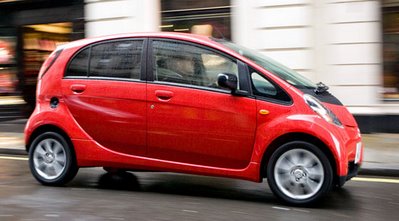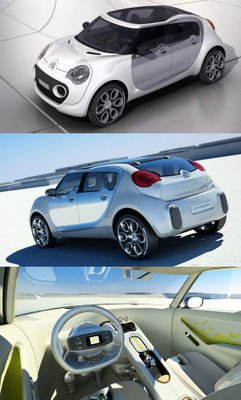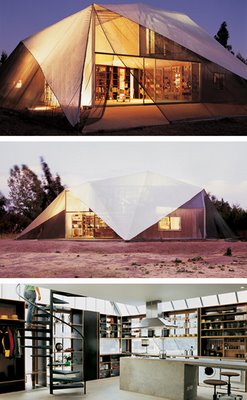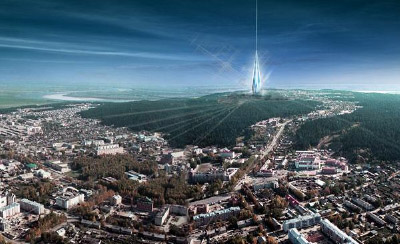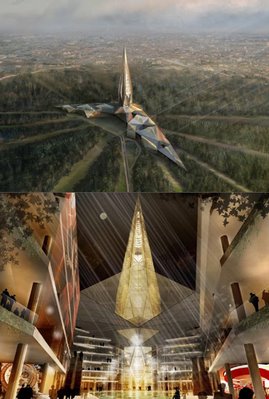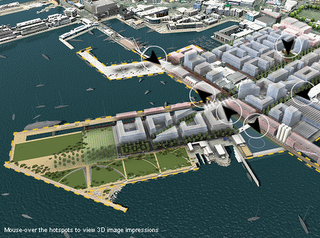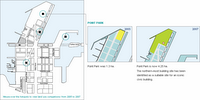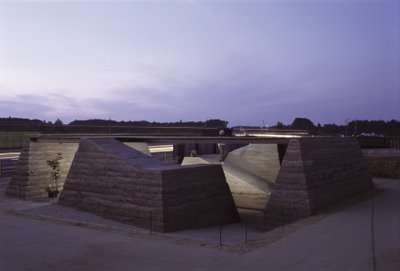'IRVINE, Calif. Oct. 31, 2007: Quantum Technologies, a publicly traded company
(QTWW) and Fisker Coachbuild, LLC disclose continuing developments of the first
production vehicle to come from Fisker Automotive, Inc. - the green American
premium car company. The four-door plug-in hybrid premium sports sedan will
make its debut at the Detroit Auto Show in January with a starting price of $80,000.
Initial deliveries will commence in the 4th quarter of 2009 with annual production
projected to reach 15,000 cars....
Performance details for the first car are impressive achieving 50 miles (80
kilometers) on a pure electric charge. Additionally, by further utilizing a gasoline or
diesel engine offered by Fisker, one can extend the total range of their Fisker to more
than 620 miles (1000 kilometers). The first Fisker will also deliver an extraordinary
100 miles per gallon - performance figures that will ultimately help to reduce the
need for the importation of foreign oil.'
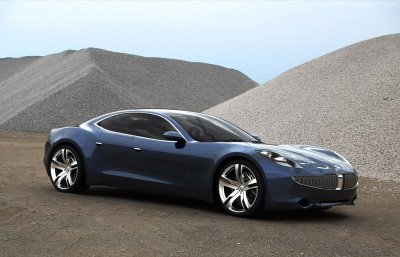
The problem remains, that the Fisker still panders to the failed model of urban sprawl- it's fundamentally a conventional, private, vehicle. The stackable cars below are a brilliant means of city mobility (if only they were half as wide, twice as long to really throw out conventional spatial wisdom), in combination with mass transit. I'd love to see a dedicated, traffic-calmed series of lanes designed for real integration of these vehicles. The Aptera would fit right in, as would the Loremo.

